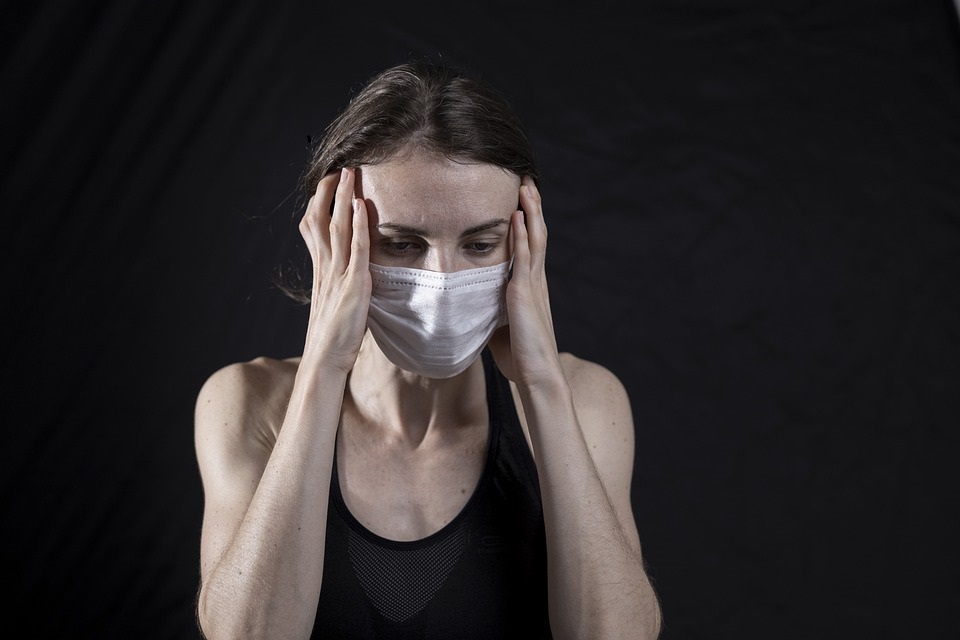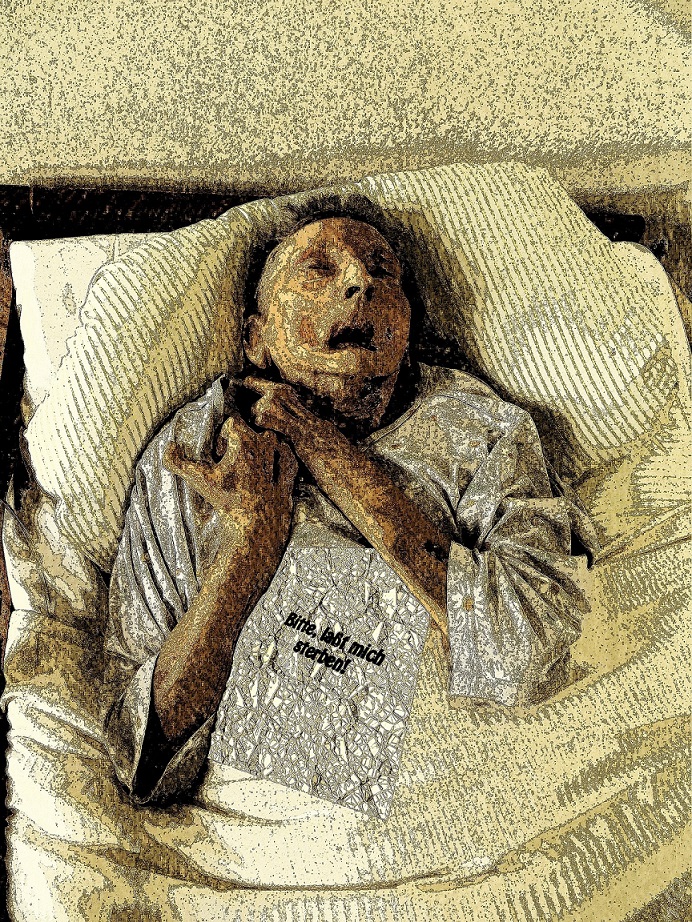If your back hurts, don’t worry, studies show that four out of five people have, or will have at some time in their lives, lower back pain.
 Vivian Collazo Montano
Vivian Collazo Montano
We are talking about an illness that is almost always caused by badly maintained posture and poor muscle condition over a long period of time, including when we sleep or when we are working in front of a computer.
A recent investigation published in the magazine Annals of the Rheumatic Diseases, confirms that lumbago or lower back pain is the main cause of incapacity worldwide, much higher than any other illness, and although it can affect anyone, it is more frequent in Western Europe, North Africa and the Middle East.
The investigation also suggests that the cost of this ailment, in terms of years of disability-adjusted life, increased from US$58.2 million in 1990 to 83 million in 2010.
The report, which used data available in the Global Burden of Disease 2010 Study, (evaluating health and disability in 187 countries), took into account the prevalence, incidence, remission, duration and the risk of death associated with the disease.
It included information obtained from questionnaires completed in five countries regarding the impact of lumbago on the population, and data from national health surveys.
This allowed another point of view to be taken into account: ageing. While it is true that back pain is not synonymous with old age, the reality is that older people are more affected; as was pointed out by the study’s authors, from the University of Queensland (Australia).
 With a worldwide ageing population, especially in low and middle income countries, researchers conclude that the number of individuals who live with lower-back pain will increase substantially over the next few decades.
With a worldwide ageing population, especially in low and middle income countries, researchers conclude that the number of individuals who live with lower-back pain will increase substantially over the next few decades.
Governments, health care providers and researchers have thus been called upon to pay much more attention to the burden of back pain.
Managing pain
Experts confirm that most lower-back pain cures itself naturally, without the need for any medical treatment. However, more often than desired, many people are submitted to a number of tests to diagnose their affliction, they receive therapies that are not always the most effective and in the worst cases, they cause more damage than benefit.
The European Guidelines for the Management of Back Pain, a document that gives advice on effective ways to alleviate the problem, proposes less aggressive treatments in varied courses, including physical exercise and maintaining correct posture.
The document advises against therapies without scientific backing, such as ozone injections, infiltrations, acupuncture, vertebral manipulation or electrotherapy.
It also warns that many X-rays or MRI’s that are routinely prescribed are not necessary. Experts assure that these must be done only in a minority of cases, when symptoms indicate that the results of tests will serve to improve treatment.
It also crushes the myth on the need to rest when back pain appears.
Although it is true that in the acute phase, movements and daily work can be depleted due to intense pain, the document does point out that you must make an effort to maintain the maximum degree of activity possible.
And surgery is the last resort, only if the pain is severe and disabling, if it persists for more than two years without responding to therapy and if the option of behavioural treatment with exercise is not available. (PL)
(Translated by Susan Seccombe – Email: ess.translations [@] gmail.com) – Photos: Pixabay












.jpg)












